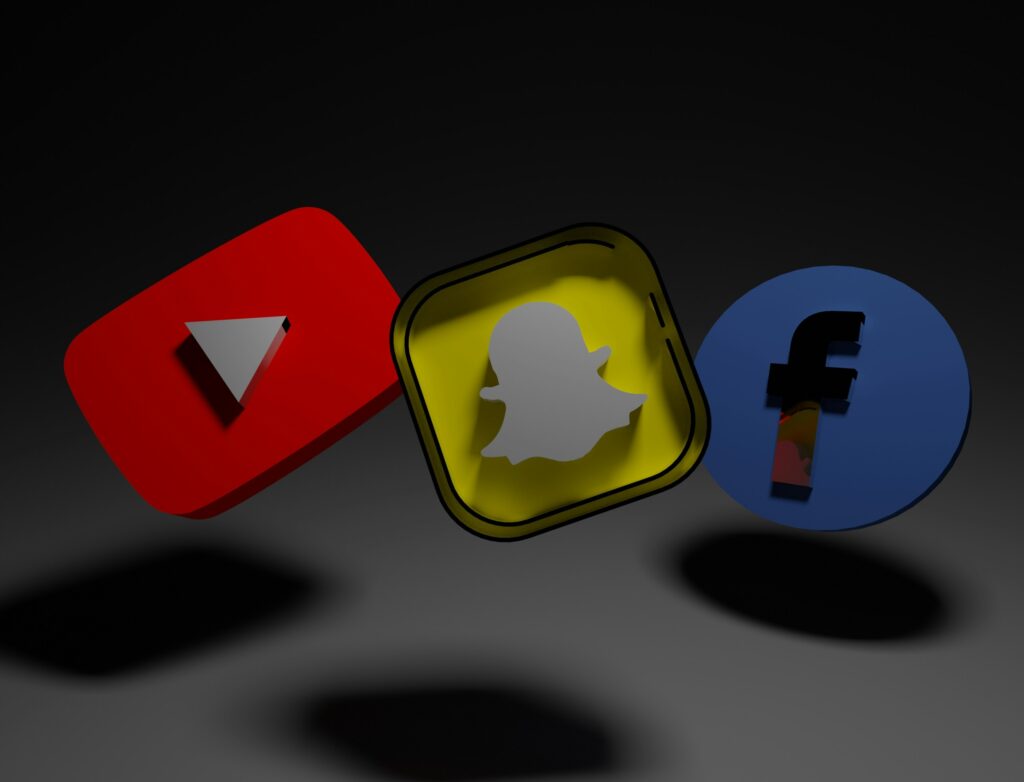Why Compelling Content Matters More Than Ever
The internet’s a constant downpour. Feeds never pause. Notifications never stop. In this kind of environment, forgettable content dies fast. Great content—sharp, intentional, and well-crafted—is the only stuff that breaks through the noise. If you’re not saying something worth someone’s time, you’re just adding to the clutter.
By 2024, attention has become a currency stiffer than ever. Users have trained themselves to scroll past anything that even hints at filler or fluff. That means half-effort posts, vague topics, or rehashed ideas get filtered out at lightning speed. To earn and keep attention, creators need to hit harder, show up smarter, and deliver value from second one.
But this isn’t just about today’s clicks. High-quality content builds long-term credibility. People remember who gave them something useful, not who popped up the most. Whether you’re a solo creator or part of a brand team, the content that resonates now lays the groundwork for trust, influence, and growth that lasts.
Start with a Clear Purpose
Before you hit record, open your laptop, or brainstorm your next post, ask yourself: Why am I making this? Without a clear purpose, content feels hollow—and your audience will feel it too. Want to teach something? Say that. Want to make someone laugh or think? Own it. Don’t just create because everyone else is.
Purpose gives direction. It shapes your content’s tone, style, length, and format. Whether you aim to inform, entertain, inspire—or all three—make sure that goal guides everything from your script to your final edit.
Your headline or hook should reflect that intent. It’s the first test. If your goal is to inspire, your headline should spark curiosity or emotion. If you’re informing, clarity is king. If you’re entertaining, make people stop scrolling. No matter the format—video, blog, tweet, or podcast—the beginning has to carry the weight of your why.
People stick with creators who know who they are and what they’re trying to say. Find your purpose early. Let it be your filter. Everything else gets sharper from there.
Know Your Audience Inside-Out
If you can’t speak your audience’s language, you’re already losing. Great content meets people where they are. That means understanding their frustrations, goals, tone, and even the little phrases they use. Talk to them like a person, not a broadcaster.
Human-centered content is about more than just being friendly—it’s about relevance. You’re solving a real need. Whether it’s explaining something they’ve struggled with, entertaining them in a way that makes sense to their life, or walking straight into a challenge they didn’t know others shared—your message has to hit home.
Use the tools you’ve got: comment sections, DMs, on-platform polls, behavior analytics. These aren’t vanity metrics. They’re clues. Pay attention to the posts that spark a reply or get shared without you asking. Listen to the questions people ask again and again. That’s your beacon. Let it guide how you write, talk, and design.
You don’t need to be a data scientist, but you do need to notice what makes your audience nod along—or click away. Speak clearly. Use their words. Solve their problems. Anything else is noise.
Tell a Story Worth Following
Good storytelling isn’t about theatrics. It’s about structure. Beginning, conflict, resolution—that’s the anchor. Without it, content drifts. Think of your content like a hike: where are you starting, what’s the challenge, and how do you get out of the woods? Even if it’s just a two-minute video, the story shape pulls people in and gives them a reason to stay.
Add something real. A personal moment. A customer win. A time you got it all wrong and fixed it. These are more than anecdotes—they’re trust-builders. They make your audience feel like you’re in the same room, not behind a screen.
One case study: A fitness vlogger who plateaued in reach started sharing her struggles with injury and self-doubt. Engagement doubled. Not because she was flawless, but because she showed the middle—the messy part where people actually connect.
You’re not just transferring information. You’re offering a moment of recognition. If it matters to you and it’s framed with honesty and shape, there’s a good shot it’ll matter to someone else too.
For a deeper look at what makes stories cut through, check out The Importance of Storytelling in Media.
Edit Like You Mean It
If it doesn’t serve your point, cut it. Great content isn’t about how much you say—it’s about how clearly you say it. Every word should earn the right to exist. Rambling intros, bloated transitions, and jargon-packed paragraphs don’t just waste space, they lose your reader. Fast.
Start strong. Grab attention with a headline or first sentence that tells people why they should care. Then get to the point. The middle should move quickly, building momentum without distractions. End with intention—something that gives the reader clarity, closure, or a nudge to act.
Brevity beats fluff every time. Especially in a world full of endless scrolls and short attention spans. If a sentence doesn’t move the story forward or deliver value, it’s noise. Cut it.
Use Visuals Strategically
Visuals aren’t just decoration—they’re delivery tools. If your image, infographic, or video doesn’t clarify or enhance your message, cut it. Content needs to move fast and land clean. Every pixel should earn its space on the screen.
Design for where your audience actually is: their phone. That means tight visuals, readable text at a glance, and fast load times. If your content chokes on 4G, it’s already failed.
Don’t chase viral looks; build a visual identity you can own. Use consistent colors, fonts, and templates. When someone sees your thumbnail or your typeface, they should know it’s you—that’s the foundation of trust.
Stay Real, Stay Consistent
Trying too hard to impress is the fastest way to lose the plot. Today’s audiences can spot inauthenticity from a mile off. What cuts through isn’t polish or theatrics—it’s presence. Real voice. Straight talk. A sense that there’s an actual human on the other end of the screen or page.
Tone matters. Get it right, and you build trust. Get it wrong, and you sound like a brand trying to go viral. The best creators find a rhythm: not just in how they speak, but in how often they show up. Viewers reward familiarity. It’s less about daily uploads and more about predictability—knowing when your next post drops and what kind of value it brings.
But none of that sticks if it’s unsustainable. A flashy content plan that burns you out by week three doesn’t help anyone. Repetition builds loyalty, but only if you can keep the pace. The key: simplify. Build a workflow you can live with. Cut corners where you can—batch shoots, automate posts, repurpose wisely—but never fake the core. Who you are is your edge. Start there, and stay there.
Never Stop Iterating
What Worked Then May Not Work Now
The digital content landscape moves fast. A strategy that earned likes and shares last year might feel outdated today. Audience behavior shifts, platforms change their algorithms, and trends evolve—so staying static isn’t an option.
- Revisit your top-performing content—does it still resonate?
- Consider dropping formats that no longer drive engagement
- Adapt your approach to reflect what matters most to your current audience
Experiment with Intent
Creating compelling content is part intuition, part testing. Treat each piece of content as an opportunity to learn:
- Test your headlines: Is your hook clickable without being clickbait?
- Try new formats: Carousels, short videos, polls, thought pieces—see what sticks
- Mix up your post timing: Your audience might be more active at times you haven’t tried yet
Analyze and Apply
After publishing, the job isn’t done—it’s time to assess. Use analytics tools to track performance and make proactive changes:
- Look beyond vanity metrics—focus on engagement, saves, shares, and watch duration
- Compare performance by topic, format, and platform
- Build your next strategy based on what your data actually tells you
Bottom Line: Smart creators don’t just adapt—they learn on purpose. Iteration sharpens your instincts, improves your outcomes, and keeps you ahead of the curve.
Compelling content isn’t about chasing trends or waiting for genius to strike. It’s about building something solid—word by word, frame by frame. Purpose drives it. Clarity sharpens it. And guts push it past safe or boring. The kind of content that lands—the kind that lingers—is made by creators who know what they want to say and aren’t afraid to say it plainly.
It doesn’t need to be fancy, but it does need to be intentional. That means cutting the filler, saying something real, and staying true to your voice even when the algorithm pulls in a different direction. Whether you’re trying to connect, shift perspective, or simply show up consistently, every piece you publish adds to the story you’re building.
In a world trained to scroll fast and forget faster, the creators who will matter are the ones who craft things worth remembering.



